![图片[1]-Precision Agriculture Drone: The Smart Farmer’s Tool for Sustainable, Efficient Farming-msoen](https://www.msoen.com/wp-content/uploads/2025/04/164e113f97214114-576x1024.jpg)
In an era where feeding a growing global population (projected to reach 9.7 billion by 2050) demands innovation, precision agriculture drones have emerged as a cornerstone of modern farming. These drones merge cutting-edge technology with agronomic expertise to optimize resource use, reduce waste, and boost yields—making them indispensable for farmers, agribusinesses, and cooperatives worldwide.
What is Precision Agriculture?
Precision agriculture (PA) is a farming management concept that uses data-driven techniques to optimize crop production. It focuses on:
- Precision Application: Delivering water, fertilizers, pesticides, or seeds only where and when needed.
- Real-Time Monitoring: Collecting and analyzing field data (e.g., soil health, crop stress, weather) to inform decisions.
- Sustainability: Minimizing environmental impact by reducing chemical runoff, soil compaction, and resource waste.
Drones are the “eyes and hands” of precision agriculture, enabling farmers to collect actionable data and execute precise interventions at scale.
Key Features of a Precision Agriculture Drone
To deliver on PA’s promise, these drones are engineered with advanced technologies that bridge the gap between data and action:
- High-Accuracy Positioning: GPS + RTK
- GPS (Global Positioning System): Ensures the drone navigates with centimeter-level accuracy, even in featureless fields.
- RTK (Real-Time Kinematic): An advanced GPS correction technology that enhances positioning to sub-inch accuracy (within 2 cm). Critical for high-value crops (e.g., vineyards, coffee) or small fields where over-application is costly.
- Multispectral & Thermal Sensors
- Multispectral Sensors: Capture data across visible and non-visible light spectrums (e.g., near-infrared, red edge) to assess crop health, nutrient levels, and stress (e.g., drought, disease).
- Thermal Sensors: Detect heat patterns to identify water-stressed plants or irrigation inefficiencies.
These sensors generate vegetation indices (e.g., NDVI—Normalized Difference Vegetation Index), which translate raw data into actionable insights (e.g., “Zone 3 needs 20% more nitrogen”).
- Variable-Rate Technology (VRT)
VRT allows the drone to adjust input application (e.g., pesticide, fertilizer) in real time based on:
- Crop Density: Thicker vegetation (e.g., young corn) receives more spray; sparse areas (e.g., post-harvest fields) get less.
- Soil Health: Data from soil sensors or historical maps guide targeted nutrient delivery.
- Weather Conditions: Wind speed/direction adjustments minimize drift, while rain forecasts delay non-urgent applications.
- Autonomous Flight & Operation
- AI-Powered Mission Planning: Farmers upload field maps (via satellite imagery or drone surveys) to the drone’s app, which auto-generates an optimal flight path. No pilot’s license required.
- Obstacle Avoidance: LiDAR or 360° radar sensors detect trees, power lines, or water sources, adjusting altitude and trajectory to avoid collisions.
- Auto-Return Protocols: The drone returns to its charging station or home base if battery or signal is lost. Benefits of Precision Agriculture Drones
- Boost Productivity & Yields
- Faster Coverage: A precision drone with a 20L payload covers 15–20 acres per hour—tripling the efficiency of manual spraying. For a 500-acre farm, this cuts spraying time from 5 days to 25 hours.
- Targeted Application: Spray only where needed (e.g., disease hotspots, weed patches), ensuring crops receive optimal doses of inputs. This improves yields by 10–25% for high-value crops like grapes or cotton.
- Reduce Costs
- Lower Input Expenses: Precision spraying cuts chemical usage by 40–60% compared to blanket applications. For a 1,000-acre farm, this saves $5,000–$15,000 annually.
- Minimize Labor Costs: Eliminate manual labor for scouting, spraying, or data collection—ideal for smallholder cooperatives or large agribusinesses.
- Protect the Environment
- Reduce Runoff: Precise application prevents chemicals from leaching into waterways, safeguarding aquatic life and drinking water.
- Lower Carbon Footprint: Efficient flight paths and electric/hybrid power systems (optional) reduce fuel consumption and emissions.
- Improve Decision-Making
- Data-Driven Insights: Multispectral data reveals hidden crop stress (e.g., early-stage pests or nutrient deficiencies) before they become visible. Farmers act proactively, reducing losses. Real-World Impact: Precision Drones in Action
- Brazilian Soybean Farms: A 20,000-acre estate used a precision drone with RTK GPS and multispectral sensors to map nutrient deficiencies. By applying fertilizers only to deficient zones, they reduced fertilizer costs by 38% and increased yields by 18%.
- Indian Cotton Cooperatives: A group of 150 smallholder farmers leased precision drones to spray pesticides only on pest-infested patches. This cut chemical usage by 50%, saved $80,000 annually, and reduced waterway contamination.
- Napa Valley Vineyards: A 1,000-acre winery used thermal drones to identify water-stressed vines. Targeted irrigation reduced water use by 30% while maintaining grape quality, boosting wine prices by 15%. Why Choose a Precision Agriculture Drone from a Trusted Manufacturer?
As a leading manufacturer, we integrate cutting-edge PA technology with farmer-centric design to deliver unmatched performance:
- Customizable Solutions: We tailor drones to your needs—whether a 10L model for small vineyards, a 50L unit for mega-farms, or RTK-enabled drones for high-precision applications.
- Global Compliance: Our drones meet international standards (CE, FCC, ISO 21442) and adhere to regional regulations (e.g., EU’s strict pesticide rules, Brazil’s large-farm safety guidelines).
- Lifetime Support: From pre-sales field trials to on-site training and 24/7 after-sales service, we ensure your drone operates reliably for years. The Future of Precision Agriculture Drones
The next generation of precision drones will integrate AI, 5G connectivity, and advanced robotics, enabling:
- Swarm Technology: Multiple drones collaborating to cover large fields simultaneously.
- Predictive Analytics: AI models forecasting pest outbreaks or yield potential based on historical and real-time data.
- Fully Autonomous Farms: Drones working alongside robots and IoT sensors to create closed-loop farming systems. Your Next Step: Embrace Precision Farming
A precision agriculture drone isn’t just a tool—it’s a partner that transforms how you protect crops, manage resources, and boost yields. Whether you’re a small family farm or a large agribusiness, this technology empowers you to farm smarter, greener, and more profitably.
Contact us today to learn how our precision agriculture drones can revolutionize your farming operations—or schedule a demo to see them in action.

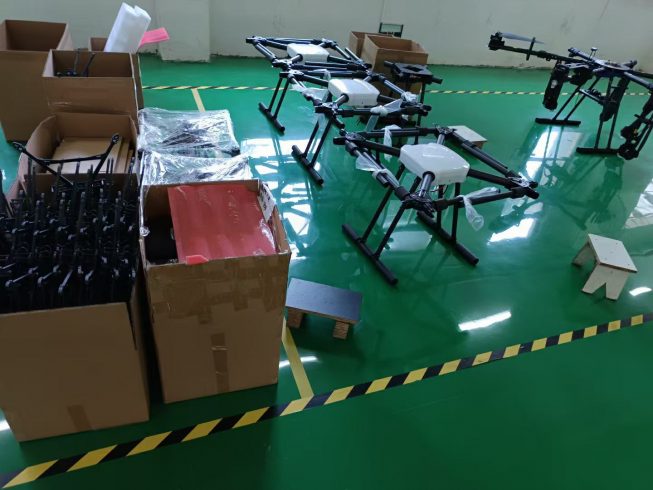
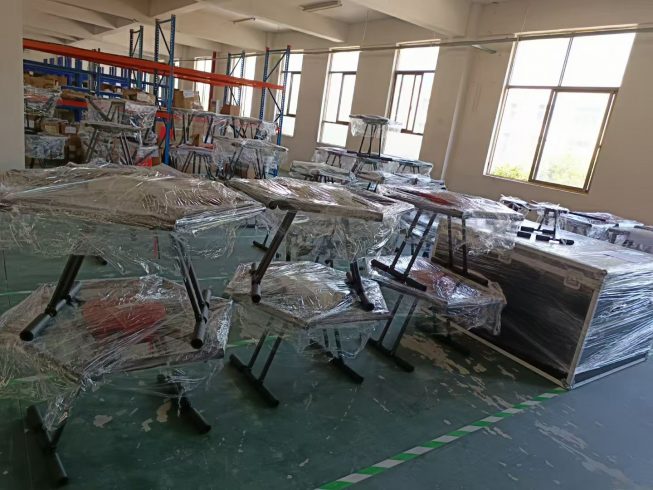
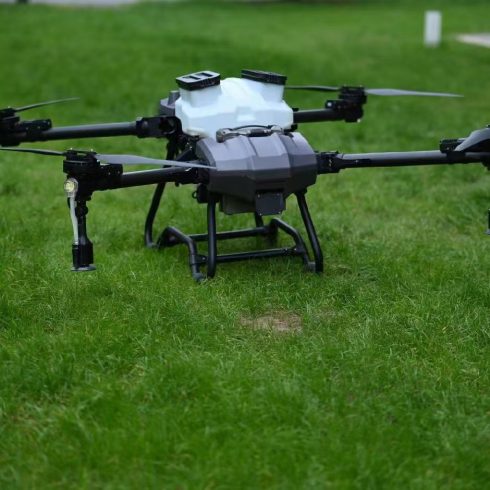
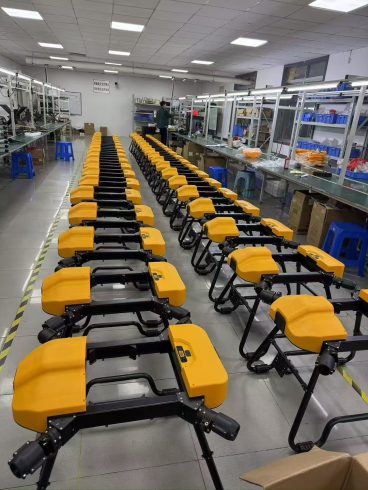
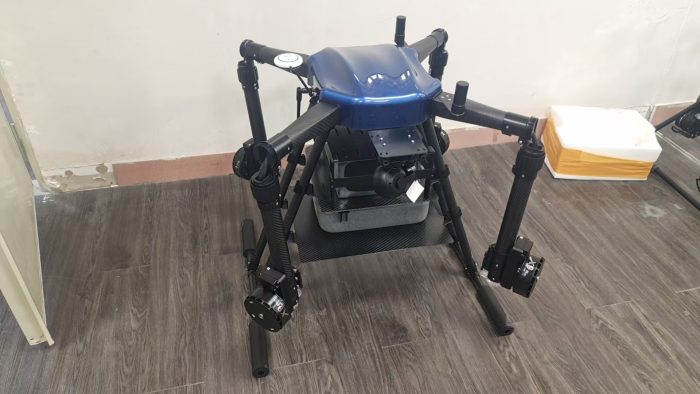
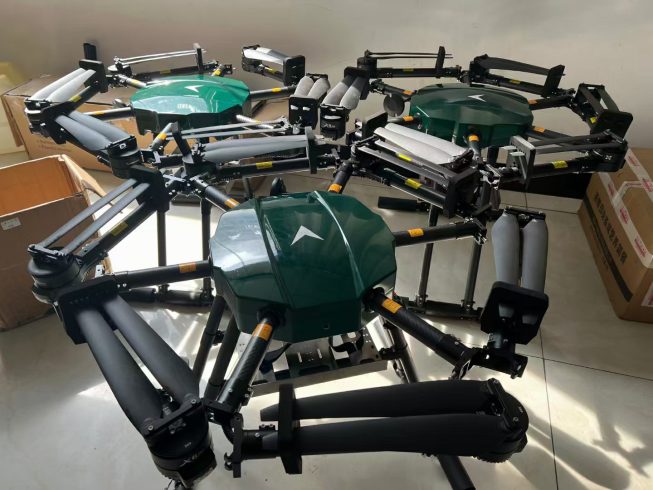
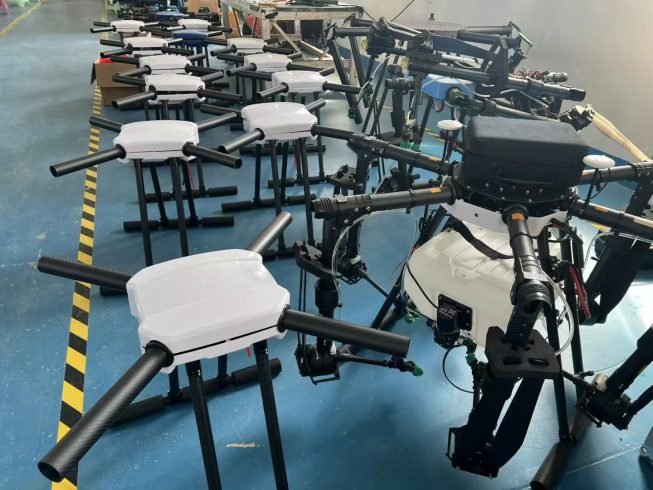
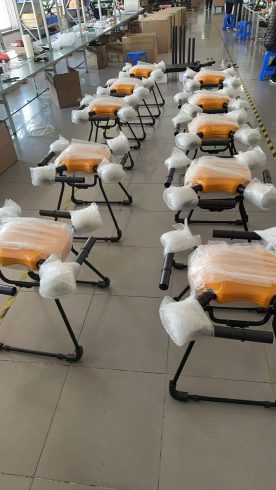
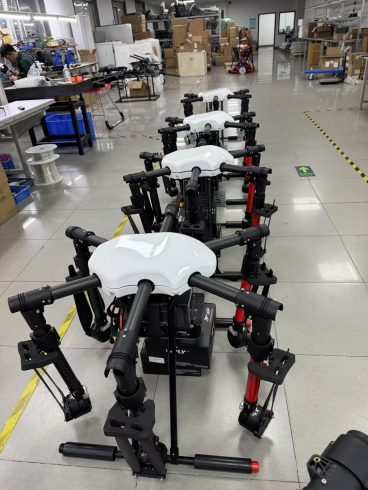
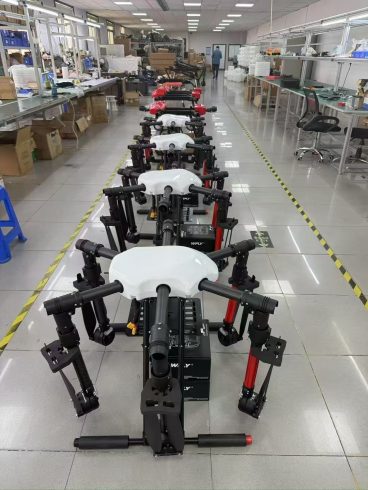
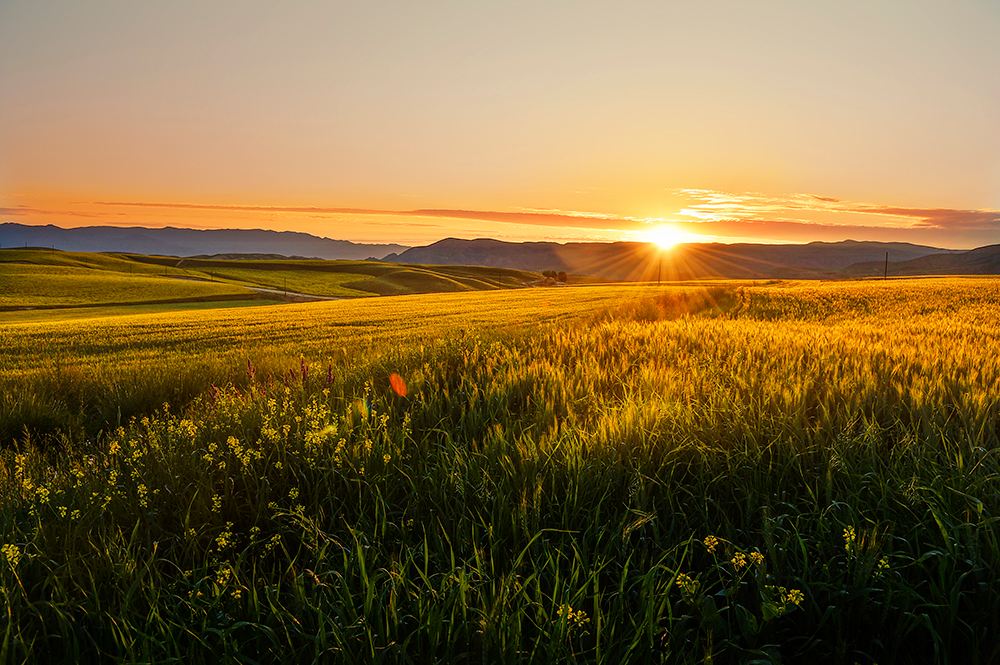
暂无评论内容